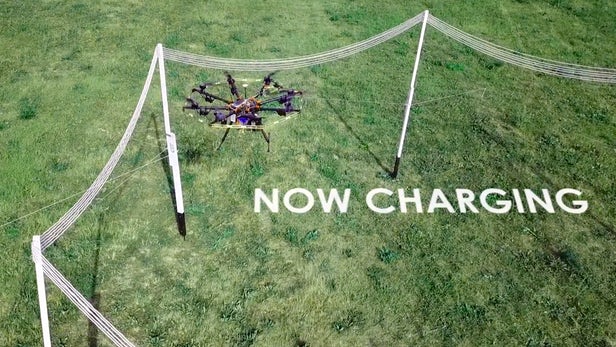
Breaking News
 IT'S OVER: Banks Tap Fed for $17 BILLION as Silver Shorts Implode
IT'S OVER: Banks Tap Fed for $17 BILLION as Silver Shorts Implode
SEMI-NEWS/SEMI-SATIRE: December 28, 2025 Edition
 China Will Close the Semiconductor Gap After EUV Lithography Breakthrough
China Will Close the Semiconductor Gap After EUV Lithography Breakthrough
 The Five Big Lies of Vaccinology
The Five Big Lies of Vaccinology
Top Tech News
 EngineAI T800: Born to Disrupt! #EngineAI #robotics #newtechnology #newproduct
EngineAI T800: Born to Disrupt! #EngineAI #robotics #newtechnology #newproduct
 This Silicon Anode Breakthrough Could Mark A Turning Point For EV Batteries [Update]
This Silicon Anode Breakthrough Could Mark A Turning Point For EV Batteries [Update]
 Travel gadget promises to dry and iron your clothes – totally hands-free
Travel gadget promises to dry and iron your clothes – totally hands-free
 Perfect Aircrete, Kitchen Ingredients.
Perfect Aircrete, Kitchen Ingredients.
 Futuristic pixel-raising display lets you feel what's onscreen
Futuristic pixel-raising display lets you feel what's onscreen
 Cutting-Edge Facility Generates Pure Water and Hydrogen Fuel from Seawater for Mere Pennies
Cutting-Edge Facility Generates Pure Water and Hydrogen Fuel from Seawater for Mere Pennies
 This tiny dev board is packed with features for ambitious makers
This tiny dev board is packed with features for ambitious makers
 Scientists Discover Gel to Regrow Tooth Enamel
Scientists Discover Gel to Regrow Tooth Enamel
 Vitamin C and Dandelion Root Killing Cancer Cells -- as Former CDC Director Calls for COVID-19...
Vitamin C and Dandelion Root Killing Cancer Cells -- as Former CDC Director Calls for COVID-19...
 Galactic Brain: US firm plans space-based data centers, power grid to challenge China
Galactic Brain: US firm plans space-based data centers, power grid to challenge China
In-flight charging gives drones unlimited autonomous range

Global Energy Transmission (GET) has pioneered a mid-air inductive recharging system that can charge up several drones at once without requiring them to land. Build enough of these stations, and you can have an army of drones in the air that never need to land.
While companies like BShark explore alternative fuel sources like hydrogen to deliver long-endurance drone flight, GET is concentrating on topping up batteries mid-air.
The GET system appears simple enough: a hexagonal frame of wires on poles roughly 10 m (32 ft) in diameter that looks like a partially constructed gazebo frame. But when an appropriately set up drone flies into it, this frame can transmit up to 12 kilowatts of power at efficiencies around 80 percent – enough to give about 25 minutes' worth of endurance from a six-minute stop.
Multiple drones can charge inside the perimeter together if necessary, and the system is reasonably portable, so it can be set up and moved as required.
GET's vision for long-range autonomous drone missions is to have these charging loops set up several miles from one another, allowing a drone – or a number of drones – to constantly surveil an area, stopping to quickly recharge without needing a human to change a battery, and flying off to the next stop once the battery's full.



